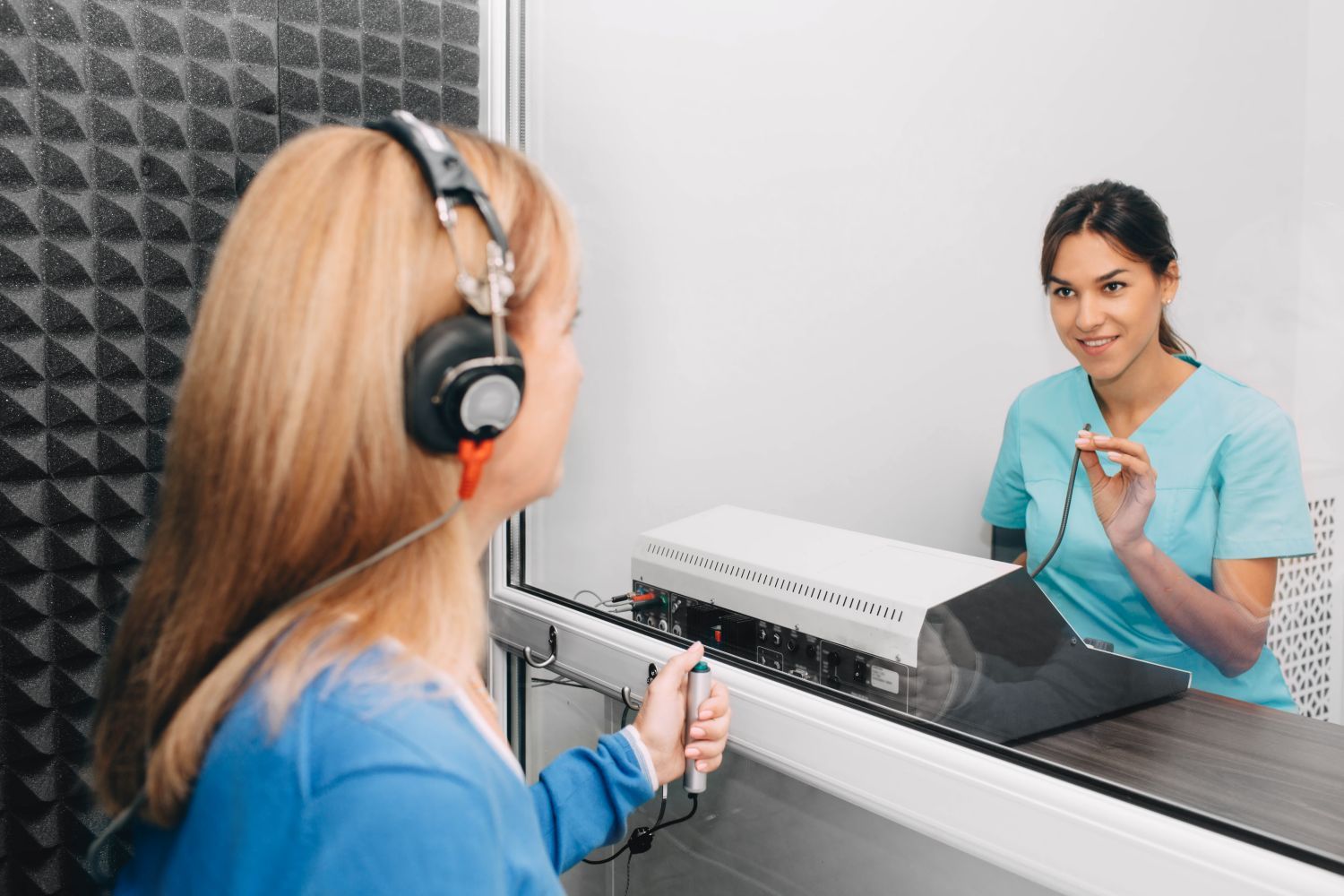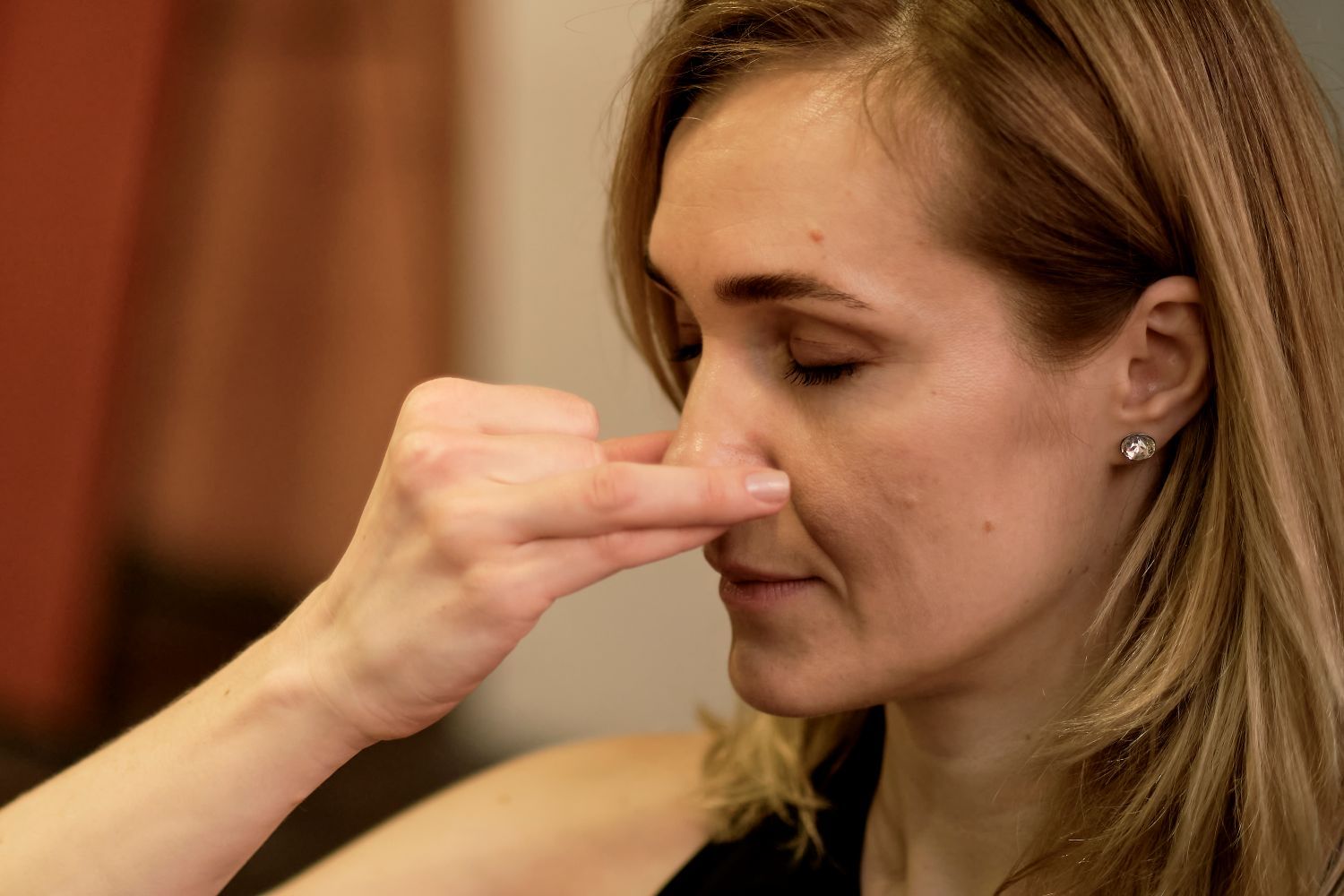Is It a Sinus Infection or Just Congestion? Here’s How to Tell
We’ve all been there—sniffling, sneezing, blowing our noses every five minutes, and wondering: “Do I just have a cold… or is this something more serious like a sinus infection?” If you’ve ever found yourself stuck in the tissue aisle of the pharmacy asking this exact question, you’re not alone.
The difference between regular nasal congestion and a sinus infection can be subtle, but knowing how to tell them apart can save you time, discomfort, and maybe even a trip to the doctor.
So, let’s break it down in a simple, no-med-school-required way.
What Exactly Is Nasal Congestion?
Nasal congestion (a.k.a. a “stuffy nose”) happens when your nasal passages become inflamed and swollen, usually due to a cold, allergies, or irritants like smoke or pollution.
Common symptoms of nasal congestion include:
- Stuffy or runny nose
- Sneezing
- Mild sinus pressure
- Postnasal drip (that annoying throat gunk)
- Slight headache
In most cases, congestion is just your body’s way of reacting to something irritating it. It’s annoying—but it usually clears up in a few days with rest, fluids, and maybe some over-the-counter meds.
So, What’s a Sinus Infection?
A sinus infection (a.k.a. sinusitis) happens when your sinuses—those air-filled pockets behind your face—get inflamed and infected, often after a cold or allergy flare-up.
Here’s where things get more intense. Sinus infections tend to hang around longer and come with stronger symptoms than regular congestion.
Signs You Might Have a Sinus Infection:
- Facial pain or pressure (especially around your eyes, forehead, or cheeks)
- Thick, yellow or green nasal discharge
- A stuffy nose that lasts more than 10 days
- Bad breath or a weird taste in your mouth
- Headache or ear pain
- Fever (sometimes)
- Fatigue that feels deeper than “just tired”
The biggest clue? How long it's been going on. If your congestion lasts more than 10 days or seems to be getting worse instead of better, it might be time to consider that this might be a sinus infection.
The Key Differences: Your Guide to Telling Them Apart
So, how can you tell them apart? Use this simple comparison chart.
| Symptom | Common Cold / Congestion | Sinus Infection (Sinusitis) |
|---|---|---|
| Nasal Discharge | Clear, thin, and watery | Thick, yellow or greenish |
| Facial Pain / Pressure | Mild or none; General headache | Significant! A deep, constant ache behind cheeks, eyes, forehead; Worse when bending forward |
| Duration | Less than 10 days; Symptoms peak and then improve | Greater than 10-14 days; Symptoms are persistent and may even worsen |
| Smell/Taste | Slightly diminished due to stuffiness | Often significantly reduced or lost |
| Cough | Can be present, often from postnasal drip | Common, often worse at night due to drainage |
| Bad Breath | Not typical | More common due to the trapped infected mucus |
| Fatigue | Mild to moderate | Can be more severe; You feel truly "knocked out" |
Can Allergies Cause Similar Symptoms?
Absolutely! Seasonal allergies can mimic sinus symptoms like congestion, sneezing, postnasal drip, and even sinus pressure. The key difference? Allergy symptoms tend to come and go with exposure—think pollen, dust, or pet dander, and they usually don't involve fever or thick mucus.
If your "sinus problems" pop up every spring (or whenever you hang out with your friend's cat), allergies might be the real culprit.
When Should You See a Doctor?
Here are a few red flags that mean it's time to get checked out:
- Symptoms last more than 10 days
- You start to feel better, then suddenly worse
- Facial pain or pressure is severe
- You have a high fever
- Vision changes or swelling around your eyes
- Sinus symptoms keep coming back (chronic sinusitis)
It's always better to play it safe, especially if you're unsure whether it’s just a stubborn cold or something more.
Sinus Relief in Connecticut
A stuffy nose is a common annoyance, but if your symptoms linger or worsen, it might be time to seek help. If you're in the North Haven, New Haven, or Branford, Connecticut, area and struggling with ongoing sinus issues, the team at ENT Medical & Surgical Group is here to help with expert care and compassionate support. We specialize in diagnosing and treating sinus conditions using a personalized, patient-first approach.
Schedule an appointment with us today and get back to feeling your best.













